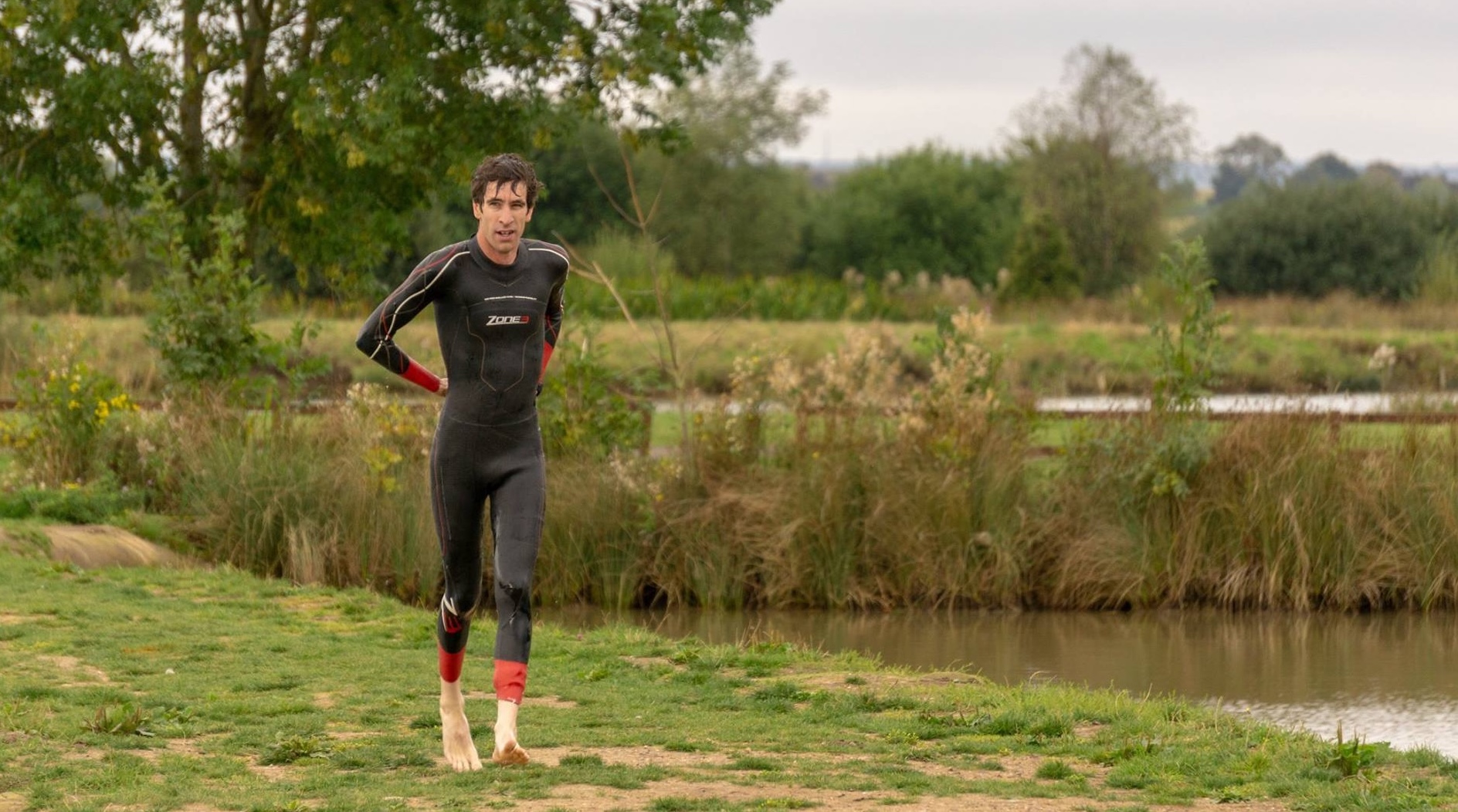For many, the appeal of second hand bikes are just too much to bear, and for some it is the only way they’re going to be able to afford a bike, let’s not pretend otherwise, but there are a few questions you should ask before you throw your hard earned money at a bike on Ebay or gumtree.
Is it stolen?
I hate to break it to you, but if a stranger offers you a full time trial bike for £150, it’s almost certainly stolen. Bike theft is a problem that has been around for as long as bicycles themselves, and it’s not unheard of for thieves to break into bikes shops or the team buses of professional teams and make off with a small fortune’s worth of bikes. These will be sold at a fraction of their original value in an effort to get them moved as quickly as possible. If it’s too good to be true, it probably is.
While any bike will end up with bits of chipped paintwork from being ridden on the road, look out for any especially fresh gouges, which could be a tell tale sign that a pair of bolt cutters may have been involved in its acquisition.
If you are concerned a bike is stolen, check for a sticker on the frame which may indicate the frame is registered to the police, you can discretely take a photo of this and then call the police to raise your suspicions. Handling stolen property is an offence in itself, so you can’t afford to be too careful.
Is it damaged?
While there may be a few dishonest individuals who notice a crack in their frame and decide to sell it onto the first mug they can find, these people are (I’d like to think) few and far between, but there are several honest cyclists who may unwittingly sell you a cracked frame, which you may only discover several months down the line.. If the frame is aluminium or carbon fibre it’s a bit of a death sentence for the bike, where if it’s steel or titanium then a repair may be possible. Either way, these cracks can start out no thicker than a hair but soon grow into a major safety hazard. Carbon fibre bikes are made of strong stuff, but if you hit a pothole in the wrong way or it falls sideways this can crack the frame. Another prime suspect is over tightening bolts by neglecting to use a torque wrench. There is never a guarantee a used bike is crack free, and the biggest benefit you get with a new bike is you know the complete history of it and all the bumps and scrapes it’s been through.
Are the parts worn?
So you’ve seen a £1000 bike going for £300, and you’re tempted to snap it up. But before you do, check with the owner when it was last serviced, how many miles the components have got on them, when was the last time the bearings were replaced?
If they go slightly cross eyed when you ask these questions, back away slowly. This person clearly has no understanding of bike maintenance and is unlikely to have taken care of the bike as a result. Your £300 bargain isn’t such a good deal when you discover that it needs a new drivetrain (£150), new wheels (£250) and all bearings replaced (£100+), plus labour costs for the mechanic breathing life back into your bike. It is almost always cheaper to buy a complete bike rather than building it up piece by piece, which is what you may end up doing.
A quick once over of the bike should give you an idea of how much use it’s seen, look for worn chainring teeth, worn rims and how much is left on the brake pads for an indication of the life it has left in it.
Why is the owner selling it?
This can answer a lot of questions quickly, if they are selling it because it is the wrong size or they just never used it much, this bodes well. However if they are more vague about their motivations, this can send alarm bells ringing, especially if they ask you to meet them in a public place to view the bike, and demand a cash payment.
Do some homework on the bike
Ask the seller for the model, year and build of the bike (i.e. Specialised Allez Elite 2013), and do some reading on it before you view it. If you go to view the bike and it’s different to what’s advertised, ask them what parts have been upgraded/replaced, they should be able to give you a comprehensive list. If they can’t, or tell you the previous owner must have changed them, this isn’t a great sign, as the more owners a bike has had, the more likely it is to have encountered problems along the way.
So what can a new bike offer you that a used bike can’t?
Warranty
You’ll receive a warranty from your manufacturer, often this can be a limited warranty for components and a lifetime warranty on the frame. This means that if there is a failure due to a manufacturing fault, that you will be able to get a free replacement. If the failure resulted in a crash which put you out of work or caused additional expenses then you may be entitled to compensation from the manufacturer. It’s worth clarifying that if you crash the bike yourself, this won’t be covered by the warranty.
Right size
Many new cyclists neglect the benefit of a well fitted bike, and when buying a bike from a reputable retailer they will take some measurements to ensure the bike is a frame that fits you. Always ensure you ride the bike (new or used) even if it’s only on a turbo trainer, to ensure the bike is the right size for you. While bikes are very flexible, and a lot can be achieved by fiddling with saddle height/offset, different stems, swapping out spacers e.t.c. it does involve compromises to handling, and there’s nothing that can be done about a frame that is too big for you.
Right geometry
What’s the difference between frame size and geometry you may ask? If you have to ask, I’d strongly suggest you purchase from a local bike shop. As an example, let’s look at the Cervelo S5 and the Cervelo C3


These are two vastly different bikes, designed for two very different purposes. The S5 is a road aero frame, cutting through the air in a very effective fashion with a very stiff, uncompromising ride. The Cervelo C3 is a road endurance bike, designed for long days in the saddle, providing comfort at the expense of top end performance.
There are two main measurements we’re looking at here, the length of the top tube, and the height of the handlebars in relation of the saddle. The S5 has a long top tube with handlebars very low, allowing you to tuck in for ultimate aerodynamics. The C3 has a shorter top tube with handlebars which sit much higher, giving you a more comfortable, upright position at the expense of aerodynamics. You wouldn’t want to take a C3 to a top end road race, and you wouldn’t want to ride from Land’s End to John O’ Groats on an S5. Choosing the bike that is right for you will save a costly reinvestment further down the line when you realise you’ve bought a pup.
Finance
Most bike shops will offer interest free finance on new bikes, this can help you spread/stomach the cost of a new road bike, especially if you’re keen to get started but are experiencing cashflow issues. Just be careful you’re realistic about what you can afford each month.
This being said, I don’t want to put people off of the idea of buying second hand completely, if you know exactly what you want, what you’re looking for and how to spot when you’re about to be mugged off, then there are significant savings to be made. However if you’re unsure of where to start, and even if you only are on a tight budget, I would much rather my athletes spend their money on a brand new, well fitting and safe bike which is designed for the purpose they’re planning to use it for, than spending the money on a higher spec bike that doesn’t fit and may let them down and may need replacing in a matter of months.




